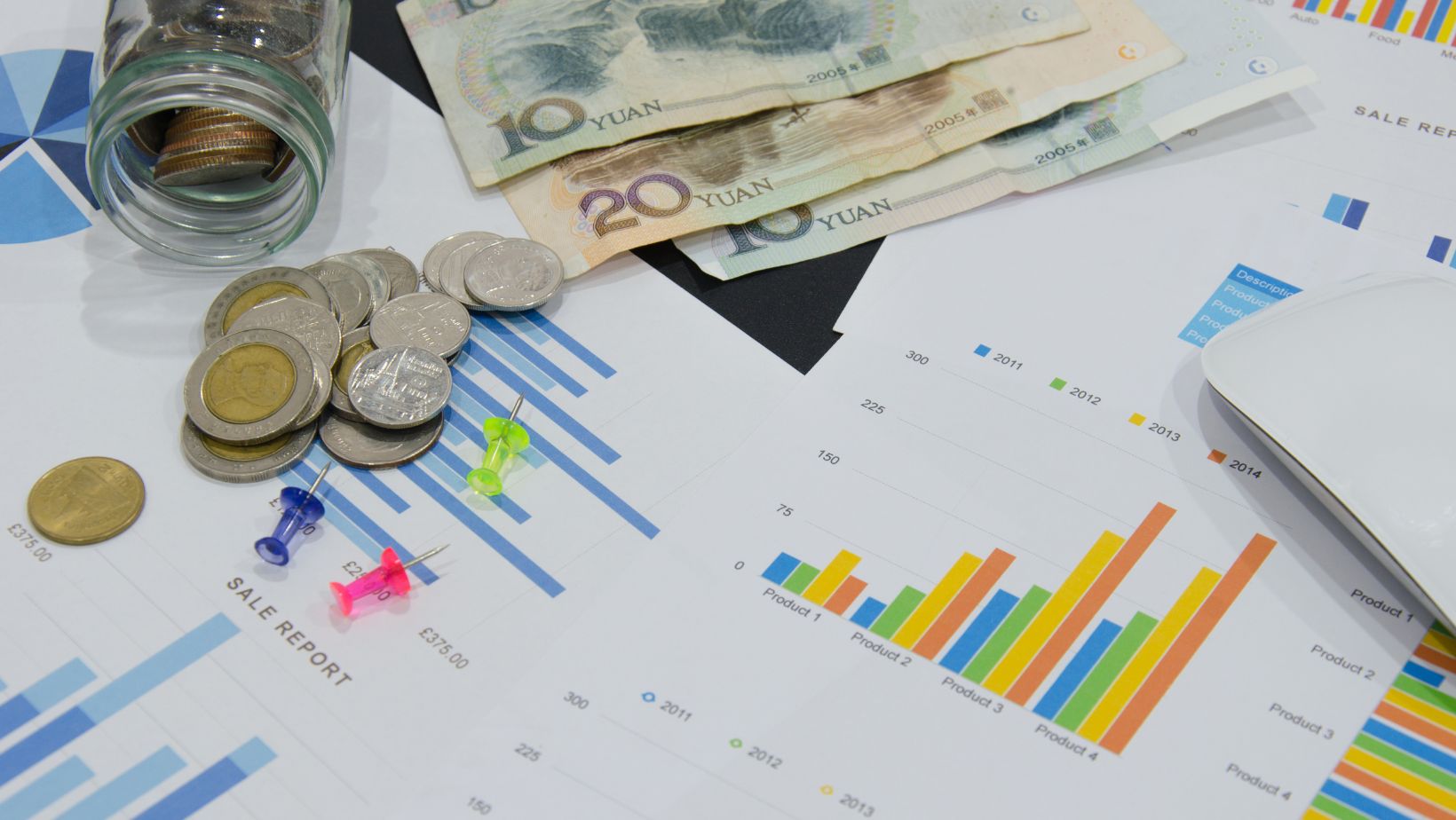Many can attest to the fact that dealing with an insurance adjuster after a car accident can be a frustrating and overwhelming experience. The process of filing a claim and negotiating for a fair settlement can often feel like a battle, with the adjuster seemingly working against you instead with you. This is especially true when it comes to serious car accidents, where the stakes are high and the need for fair compensation is crucial.
If you’ve been involved in a car accident, it’s important to understand that insurance adjusters are not your friends. Despite their friendly demeanor and promises of fair compensation, their ultimate goal is to protect the interests of the insurance company they work for. This means that they will often try to minimize your claim as much as possible, leaving you with less than what you deserve.
The car accident lawyers at Cory Watson Attorneys and other top law firms can help you in this regard. Their legal assistance is vital when it comes to defending the victim from the tactics of insurance adjusters.
Understanding the Role of an Insurance Adjuster
Before diving into why insurance adjusters are not your friends, it’s essential to understand their role in the claims process.
An insurance adjuster is a representative of the insurance company responsible for assessing and evaluating car accident claims. They are trained professionals who specialize in investigating accidents, determining fault, and negotiating settlements.
While they may seem like they have your best interest at heart, their ultimate responsibility is to protect their employer’s financial interests. This means that they will do everything in their power to minimize the amount of money paid out for your claim.
Tactics Used by Insurance Adjusters
To achieve their goal of minimizing your claim, insurance adjusters may use various tactics that can put you at a disadvantage. Some common tactics include:
Downplaying Your Injuries
One of the most common tactics used by insurance adjusters is downplaying the severity of your injuries. They may try to convince you that your injuries are not as serious as you think or that they were pre-existing and not caused by the accident.
To counter this, it’s essential to seek medical attention immediately after a car accident, even if you believe your injuries are minor. This will not only ensure proper treatment but also provide documented evidence of your injuries.
Delaying the Claims Process
Insurance adjusters may also use delay tactics to wear you down and force you to accept a lower settlement offer out of frustration or desperation. They may ask for unnecessary documentation or drag out the negotiation process, hoping that you will give up and settle for less.
It’s important to stay patient and persistent during this process and seek legal help if necessary to ensure a timely resolution.
Using Recorded Statements Against You
Insurance adjusters may also try to get recorded statements from you shortly after the accident when you are still in shock and likely not thinking clearly. They can use these statements against you later on by taking your words out of context or twisting them to benefit their case.
It’s best to avoid giving any recorded statements without consulting with a lawyer first who can advise you on how to protect yourself and your rights.
Rushing You to Accept a Settlement
Another tactic insurance adjusters use is pressuring you to accept a settlement offer quickly. They may try to convince you that the offer is fair and will save you time and hassle.
However, it’s crucial not to rush into accepting any settlement offers without fully understanding the extent of your injuries and damages. This is where having a car accident lawyer on your side can be invaluable in ensuring you receive proper compensation for your losses.
Protecting Your Rights Against Insurance Adjusters
Dealing with insurance adjusters can be a daunting task, but there are steps you can take to protect your rights and receive fair compensation for your car accident claim.
- Seek Medical Attention: As mentioned earlier, seeking immediate medical attention after an accident is crucial for both your health and your claim. Make sure to document all injuries and follow through with any recommended treatment.
- Gather Evidence: Collect as much evidence as possible from the scene of the accident, including photos, witness statements, and police reports. This will help support your claim and counter any false information presented by the insurance adjuster.
- Don’t Speak Without Legal Representation: It’s always best to consult with a car accident lawyer before speaking with an insurance adjuster. They can guide you on the best course of action and protect your rights during the claims process.
- Know Your Rights: Familiarize yourself with your state’s laws regarding car accidents and insurance claims. This will give you a better understanding of what you are entitled to and help you spot any unfair practices by the insurance adjuster.
While insurance adjusters may appear friendly, their ultimate goal is to minimize the amount paid out for your claim. As such, it’s important to approach them with caution and seek legal representation when dealing with a serious car accident claim.











 Without proper representation, claimants may be unaware of their full rights, missing out on compensation they’re entitled to. Seeking guidance ensures that all potential avenues for fair compensation are explored.
Without proper representation, claimants may be unaware of their full rights, missing out on compensation they’re entitled to. Seeking guidance ensures that all potential avenues for fair compensation are explored.

 Here are some key losses you should be sure are included in any personal injury settlement.
Here are some key losses you should be sure are included in any personal injury settlement. Additionally, consider how the settlement may impact your long-term financial security and whether further negotiations might be needed.
Additionally, consider how the settlement may impact your long-term financial security and whether further negotiations might be needed.



 When a business invests in a capital item, instead of accounting for the full cost as an immediately deductible expense, capital allowances permit the cost to be deducted in stages over time. This approach more closely aligns the expense with the asset’s expected useful life, which is advantageous for business and tax planning.
When a business invests in a capital item, instead of accounting for the full cost as an immediately deductible expense, capital allowances permit the cost to be deducted in stages over time. This approach more closely aligns the expense with the asset’s expected useful life, which is advantageous for business and tax planning. Businesses can properly use this financial tool when they understand capital allowances. One danger is leaving out particular qualifying items and failing to claim all available tax relief. Businesses can then review these asset lists annually, identify all qualifying expenditures, and ensure they are claimed in a timely manner.
Businesses can properly use this financial tool when they understand capital allowances. One danger is leaving out particular qualifying items and failing to claim all available tax relief. Businesses can then review these asset lists annually, identify all qualifying expenditures, and ensure they are claimed in a timely manner.






 Apart from this, they have enhanced the nature of user experiences through additional features that are a plus to the existing and the new users. Users can easily purchase tickets in real-time for numbers or syndicates or take a quick pick anytime. Notifications ensure that players get all the draw; they are not physical checks or tickets that might be lost. In addition, automatic number matching and results updates enhance transparency and minimize human interface, improving players’ confidence in fair outcomes.
Apart from this, they have enhanced the nature of user experiences through additional features that are a plus to the existing and the new users. Users can easily purchase tickets in real-time for numbers or syndicates or take a quick pick anytime. Notifications ensure that players get all the draw; they are not physical checks or tickets that might be lost. In addition, automatic number matching and results updates enhance transparency and minimize human interface, improving players’ confidence in fair outcomes.